The use of gypsum in interior design
The use of gypsum in interior design
Gypsum is one of the building materials widely used mainly in interior design. Gypsum is used as a surface material. Its prominent application in building walls and ceilings. It is also manufactured as a prefabricated unit, such as gypsum boards purchased at the time of installation.
Production of gypsum for use in construction work:
Gypsum is a white-to-gray metal found in the earth’s crust. It is chemically known as aquatic calcium sulfate (CaSO4.2H2O) that is obtained through mining. It is seen as sand in certain areas.
Gypsum stone, called alabaster, has the property of carving in any form of carving. This stone is transparent in nature.
It consists of about 30% of the water trapped in the natural state. This water is expelled through continuous heating until a white powder is obtained.
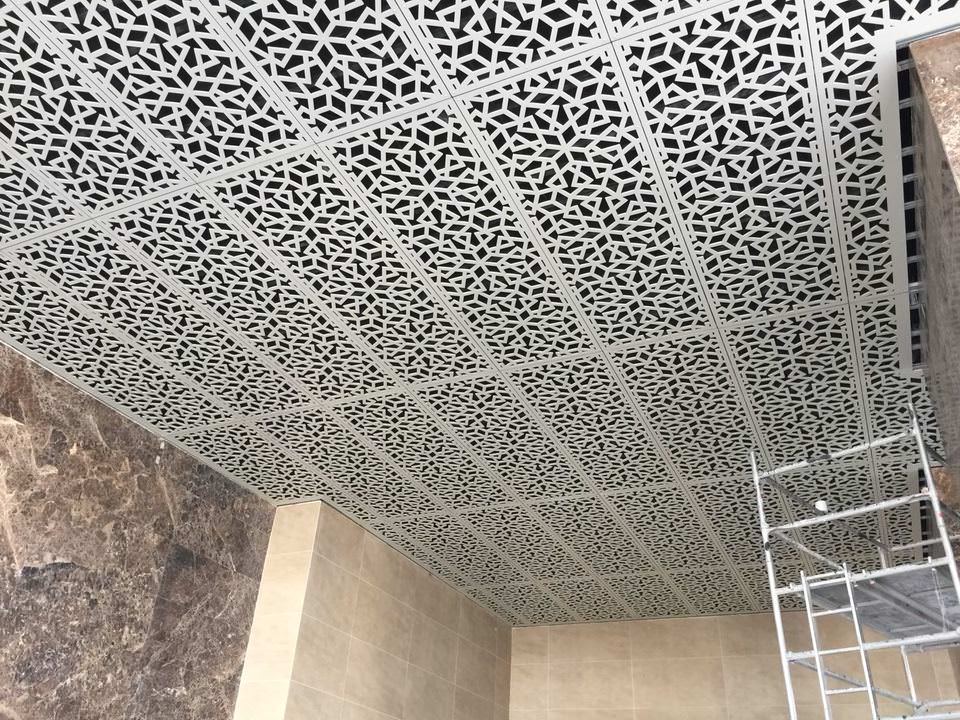
Gypsum production process
Gypsum production can be mentioned in the following stages:
Fossils – crushing – grinding – calcination – cooling and crushing – packing
Excavation involves collecting material from its source mainly through mining. It is also seen in sea or lake water. Then it is crushed into particles approximately 25 mm in size and subjected to grinding.
The next major stage in its production is the heating of ground materials, also called calcification. Here its particles are heated to 100 to 190 ° C which results in the loss of three water from the particle. This process is called incomplete calcination or a low burning process.
For drywall and gypsum wall making, mined gypsum is used as raw material. Industrial gypsum is used in a greater quantity for manufacture. It is called wet limestone and is a mixture of calcium and water, when combined with sulfur component calcium sulfate or gypsum as a chemical gypsum or artificial gypsum.
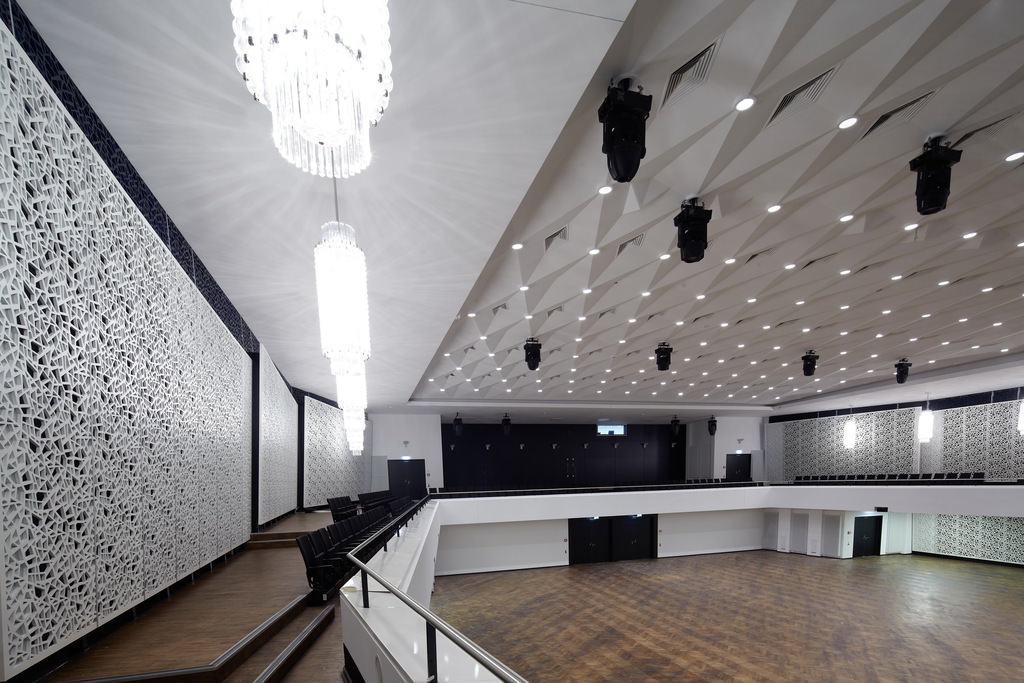
What are the reasons for using gypsum in construction work?
The ability of gypsum to give a comfortable and aesthetic atmosphere as a building material increases the requirements of gypsum. It is a natural product commonly available. It is odorless. Nowadays many interior and exterior building features are mostly governed by building gypsum or gypsum products.
The development of gypsum construction in a continuous process is due to the low time and cost of construction. Over time, gypsum products gain increasing properties such as increased fire resistance, acoustic properties of noise insulation, etc.
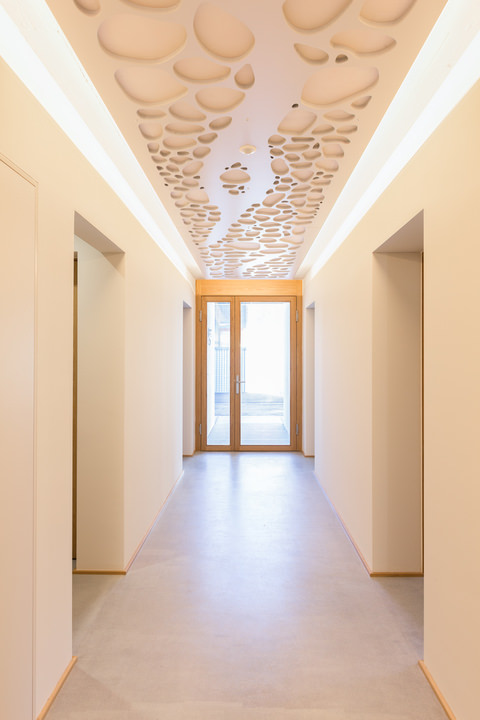
Gypsum properties as building materials:
- Fire-resistant in nature: This gypsum fire-resistance is due to the presence of water contained in gypsum products. Suppose a gypsum board with a thickness of 15 mm will have about 3 liters of crystalline water. When the fire approaches water, it undergoes evaporation, resulting in a protective film covering the gypsum product. This would help stop the spread of the fire.
- Non-combustible property of gypsum: This drying of gypsum by heat is called calcification. Calcification produces a covering over materials that prevent it from being burned. Even after calculating all the water crystals, the waste acts as an insulating layer until it is separated. Gypsum is a good fire retardant due to its non-combustible properties and its ability to delay the spread of fire for several hours depending on the extent of the gypsum products used.
- Gypsum acoustic properties: Gypsum products have been developed to focus more on sound insulation properties. Other methods such as construction may work well, which is commonly used with a higher thickness and is now less demanding compared to gypsum. Gypsum board is specially designed to reduce noise and prevent recoil. For example, instead of a wall construction of 110mm thick, we can install a dry wall of 75mm thick to achieve the same acoustic performance.
- Gypsum thermal properties: The thermal properties resulting from building gypsum will enable a good balance between internal humidity and temperature. Building gypsum that contains cavities, such as building gypsum or pouring concrete with gypsum gives additional insulation properties.

Types of gypsum products and their uses:
Gypsum boards are panels used as partitions and lining for walls and ceilings and are used for decoration – a combination of gypsum powder with water makes it a gypsum that supports the formation of beautiful aesthetically beautiful linings for ceilings or the wall. And as sections between offices and rooms
The advantages of gypsum in interior design as a building material
Gypsum appears as a set of outstanding advantages as a building material. Some of the main advantages are listed below:
- Provides a smooth surface – used as a plaster material if done correctly would provide us with a soft white touch, free from cracks and scars. This is a premium property when it comes to interior finishing.
- Internal atmosphere balance – of natural origin. It has the natural ability to balance indoor climate as well as humidity.
- Environmentally friendly
- It is fire resistant in nature
- It has high thermal and acoustic insulation
- Offers good aesthetic and functional features – the creativity of architects is supported by incorporating gypsum products within budget limits. It offers a variety of amazing design options.
- Ease of installation – using gypsum products, for example, to build the inner wall, we only need to fix the frame and fill the joints. The whole process is clean, easy and fast.
read also: The future of concrete in architecture

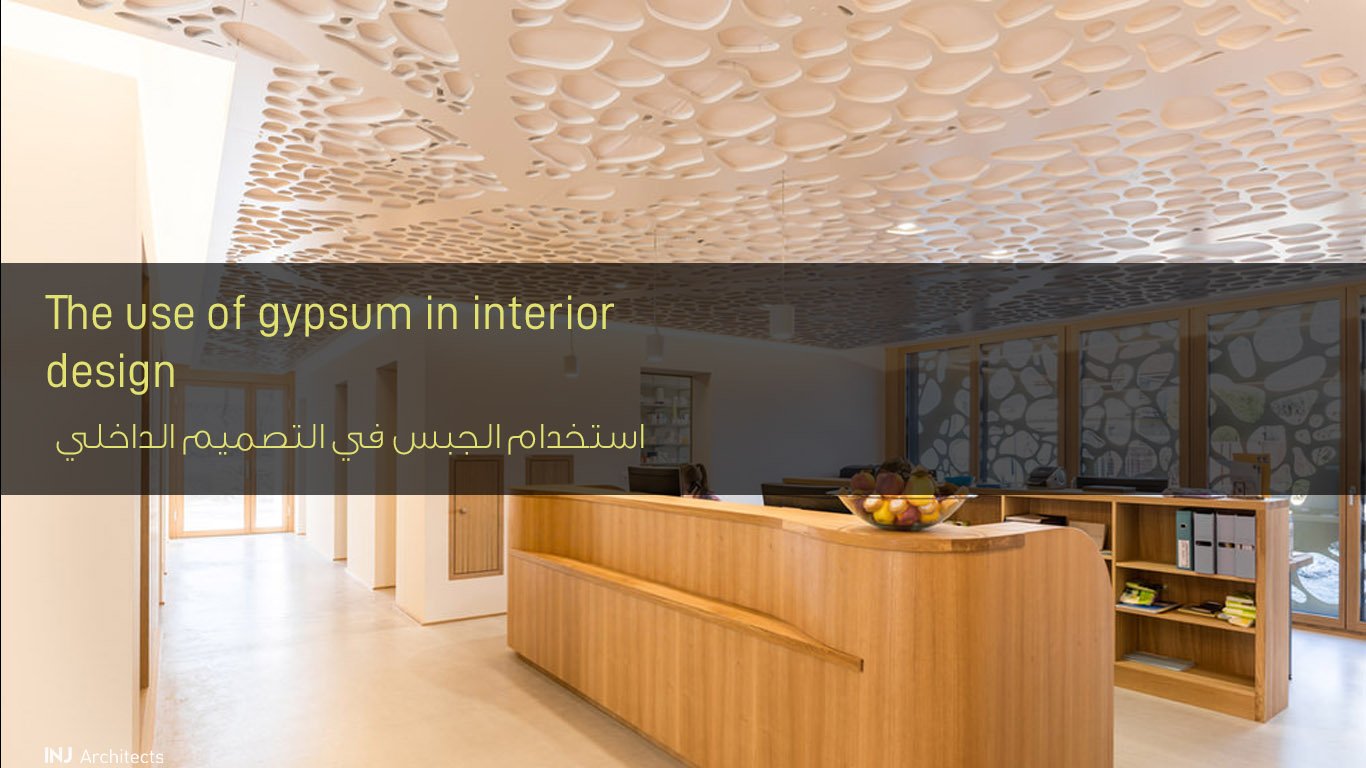
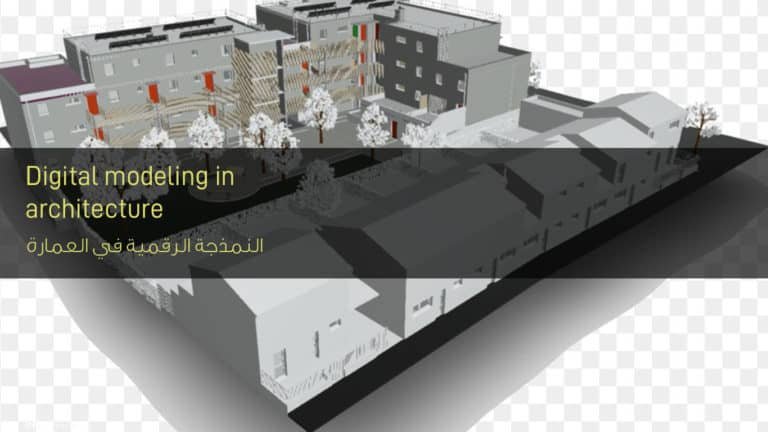
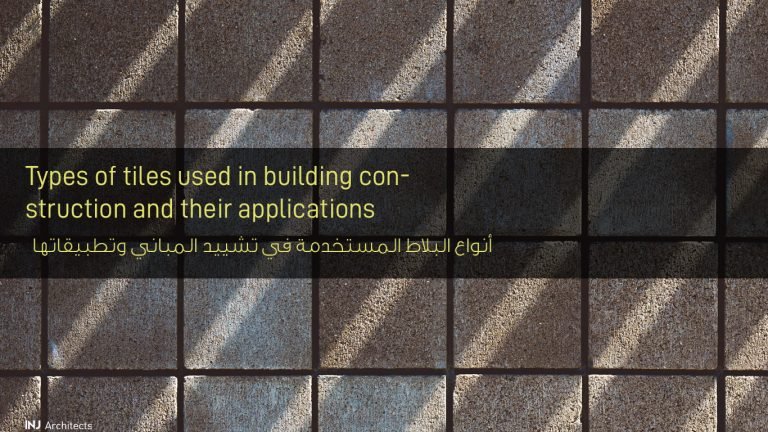

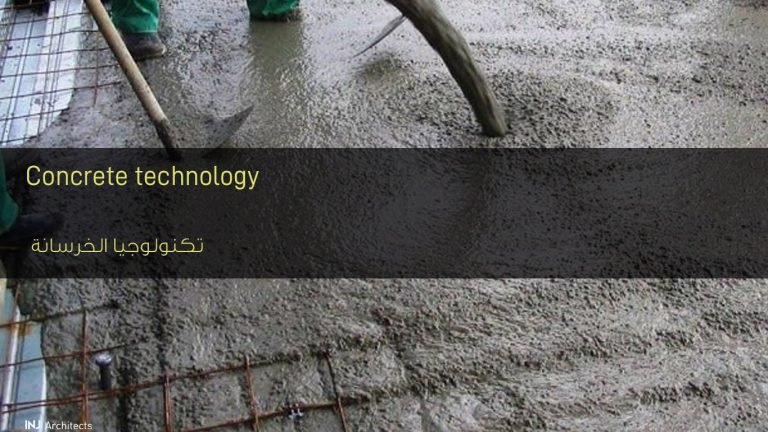


Hi
My name is Sergey and I am a co-founder of Freelancer Marketplace where you can purchase and offer all kinds of on-line solutions ranging from backlinks and guest post to explainer video clips, infographics and write-ups for your website.
I believe that you and injarch.com can seriously benefit from Sweaty Quid, whether you want to provide your services or employ the services of freelancers to assist you to expand your business.
I have been a freelancer on various market places for in excess of 5 years and have had my accounts arbitrarily shut down, my revenues pocketed and I just simply had a hard time with many poor quality freelancers. After much unnecessary aggravation, I decided to start up my very own freelance market place that would do things differently and far better.
After almost one year of caffeinne powered nights, myself and my team at Creative Bear Tech have developed Sweaty Quid from ground up. One month into our launch we have managed to attract a fantastic number of professional freelancers and an incredibly high number of repeat customers. I feel this functions as a confirmation to our success.
Sweaty Quid is a spam-free and straightforward market place for high quality freelancers and buyers. We are rigorously banning all spammy vendors who do not pass our quality threshold and leave only the very best ones. Keeping up with the most recent technologcal changes, we also take cryptocurrency as one of our payment methods. Our ethos that defines us is that sometimes less is more, primarily when it comes to quality freelancers.
We are still very new in comparison to other freelance marketplaces, but we are already punching above our weight.
I would love to welcome you personally to join Sweaty Quid Freelancer Market Place!
Kind regards